The crust formed during the normal ink storage process and the crust that appears during the printing process often bring many troubles to the operator of the printing company and the printing machine, such as the reduction of the printing cost and the decrease of the quality of the printing product. The ability to effectively control the crusting of ink before printing and during the printing process is of great significance to printing companies. The so-called ink crust refers to: due to normal temperature oxidation, infiltration, evaporation, evaporation and other drying, resulting in packaging printing ink in the storage or printing process, the surface layer and air contact, vegetable oil oxidation or organic solvent volatilization, resulting in the ink system Gels formed by polymerization, etc. When the concentration of printing ink is increased to a certain value, the surface is covered with a layer of molecules. Even if additional solvent or grease is used to reduce the concentration of ink, the surface that has been skinned (gel) may not be able to Accommodate more molecules. When the ink skinning phenomenon is serious, it will have a great influence on the stability of the printing cost. According to calculations, the lighter wastes 1%, and the weight is nearly 4%. This tangible consumption has added a heavy economic burden to packaging and printing companies. Secondly, the impact on the quality of printed products cannot be ignored. When the ink is crusted in the printing process, the ink skin will be distributed to various parts of the ink transport under the effect of rolling, which will have a great influence on the normal ink flow. At the same time, when the ink skin sticks to the printing roller, it will Makes a sudden change in the density of the plate; when the ink is transferred to the printing plate and the blanket, it will cause a ring-shaped mark on the print; when the ink skin adheres to the water roller, it will make the water transfer. Abnormally, dirt appears; the ink stick may also adhere directly to the surface of the paper. From the above we can see that it is necessary to prevent and handle the crusting of ink. So how does the crust phenomenon of ink appear? As we mentioned above, the phenomenon of ink skinning is an oxidative conjunctiva phenomenon of the binder in the ink. The mechanism of the conjunctiva is the same as the mechanism of the ink drying. It is also affected by factors such as temperature, humidity, oxygen in the air, and desiccant content in the ink. Simply put, the skinning phenomenon of the ink is actually an oxidized conjunctiva of the ink we do not want to see (because we do not want the conjunctiva to appear conjunctiva). There are many factors that can cause ink crusts, but in the main there are several categories: the dry oil content in the ink is too high; due to temperature; due to prolonged contact with ink and air. Below we will do some analysis separately. 1. The dry oil content in the ink is too high Such mistakes may occur during the manufacture of the ink or during the printing process. Add desiccant must be added in conjunction with printing conditions and ambient temperature, otherwise the ink will dry (skin) when you do not want to dry. As for the use of desiccants, it is not repeated here. 2. Due to temperature The crust of ink caused by temperature is mainly caused by high temperature. When the temperature is too high, the activity of unsaturated molecules in the ink increases, especially the part of the surface exposed to air is more likely to be conjunctivally oxidized under the action of oxygen. The high temperatures mentioned here have the following aspects: a) The ambient temperature is too high. According to our experience, the crusting phenomenon of the ink in the summer is generally much more pronounced than in the winter. If there is no air conditioning in the workshop, it will be more obvious. It is necessary to reasonably control the temperature of the working environment. In general, it is an ideal temperature to control the temperature of the workshop at about 20°C, that is, to ensure the good flowability and transfer performance of the ink, and to control the crust of the ink. A relatively low degree. b) When the temperature on the machine (such as the ink roller) is too high, the ink will also cause skinning during the printing process. When the contact pressure between the ink roller is too large, the temperature rise is more obvious, and at this time, the ink is likely to appear on the ink fountain and the ink roller. Accurate adjustment and control of the pressure between the ink rollers is very important to prevent the ink from forming during the printing process. c) The air leaked from the dryer dries the surface of the ink, or the hot air blows into the ink in the ink fountain. d) There are also other abnormal temperature rises caused by the machine. 3. Because the ink is exposed to air for a long time The components of the binder in the ink are capable of undergoing a redox reaction with oxygen in the air. Excessive exposure time in the air is, of course, oxidized and the skinning phenomenon occurs. Generally this kind of crust mainly has the following kinds: a) The temporarily unused ink is exposed in the air, and a thick oxide film will appear on the surface over time. We will have such experience in the printing factory. When ink is poured out from an ink cartridge or an ink tank, we must keep the surface of the ink as flat as possible. The reason is to minimize the contact between ink and air. Area, so that even if the ink after the conjunctiva is wasted, it will be as small as possible. Then, the remaining ink is re-covered with a protective film to block the contact with the air, which can also effectively prevent the crusting of the ink. b) When the printer is stopped for a long time, there is no cleaning of the ink path, causing the ink to crust in the ink roller and ink fountain. In the work must pay attention to when a longer period of shutdown, to clean the ink, when the downtime is not very long, you can choose to spray ink on the ink anti-skinning agent. c) If the ink is not stirred for a long time in the ink fountain, the skinning phenomenon will occur. In the printing process, we often talk about the “three diligenceâ€. The ink in the ink fountain is the most important one. First of all, it can maintain the ink's good fluidity in the ink fountain. Secondly, it can make the surface ink and the internal ink. The ink is often exchanged to avoid the same part of the ink that is in contact with the air. The normalized operation of the ink supply amount adjustment, the basic rule for the ink supply amount adjustment is that the gap between the ink fountain blade and the ink fountain roller is as small as possible, and the rotation angle of the ink fountain roller is as large as possible. Part of the reason for this is based on the above considerations. d) The structure of the ink roller is not good, resulting in a stagnant part that does not flow. As with b, this also leads to a certain part of the ink being in contact with air all the time, so the crusting is inevitable.
1.HEAVY DUTY & SHARP: The stainless steel blades are sturdy, long lasting and reinforced with a frame to make sure the grater doesn`t bend during use.
2.QUICK CLEAN AND DISHWASHER SAFE: The metal teeth of the zester won't clog up when grating food, which makes it incredibly easy to wash - just leave it under the running water, or use the extra brush. Also it is completely dishwasher safe.
3.EASY TO USE THE Cheese Grater: Lemon zester has a razor-sharp stainless steel blade that won't rust and comfortable, non-slip handle. Its unique curved sides make it extremely rigid and allow you to apply more force when it's needed.
4.ERGONOMIC HANDLE: Premier quality tool designed for ease of use and hold. The thick, soft, rubber, handle fits perfectly in your hand giving you excellent grip making grating foods a breeze!
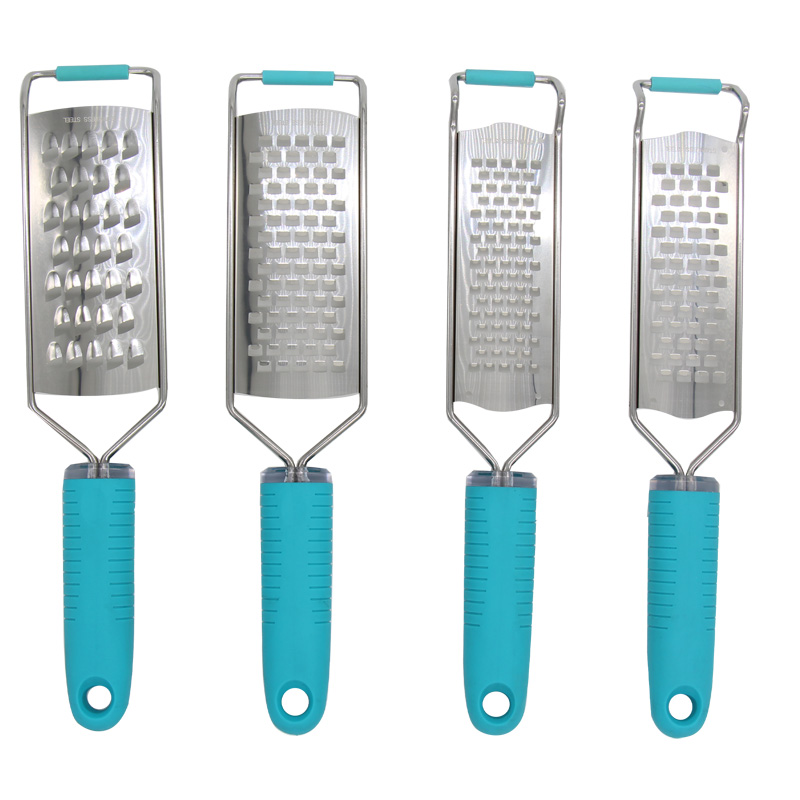
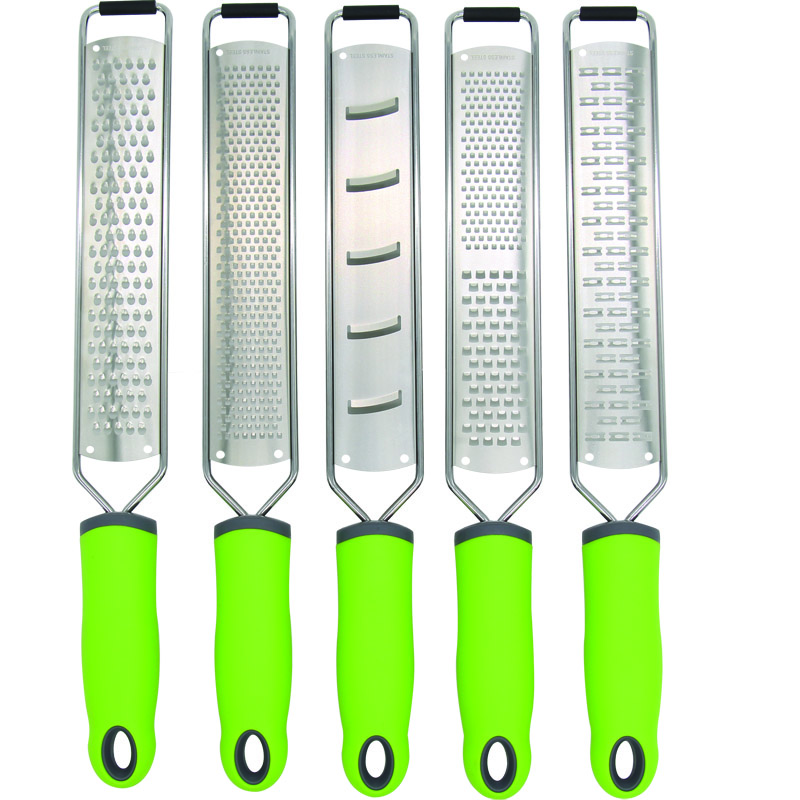
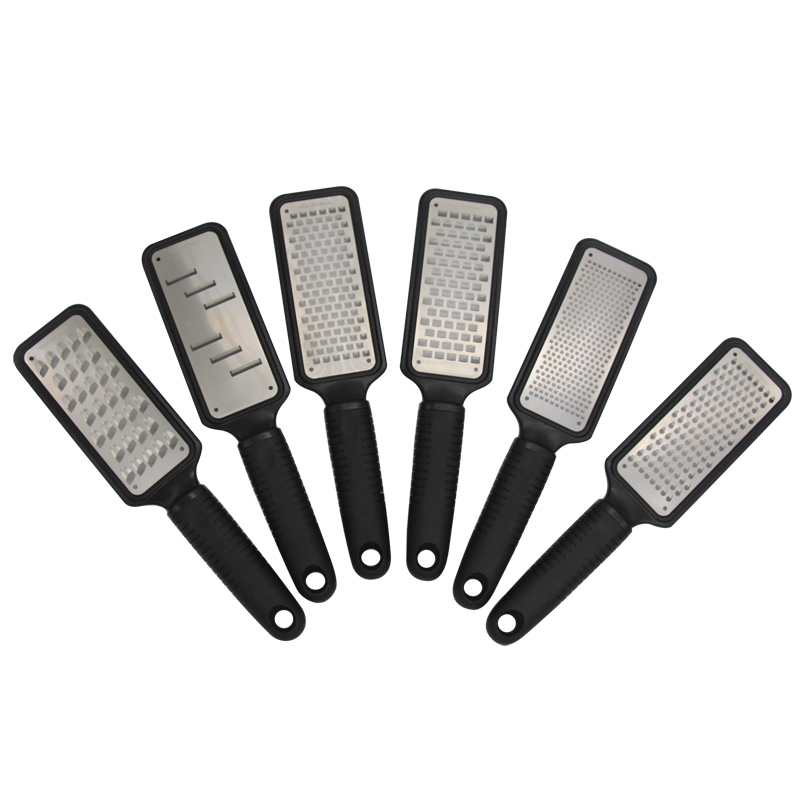
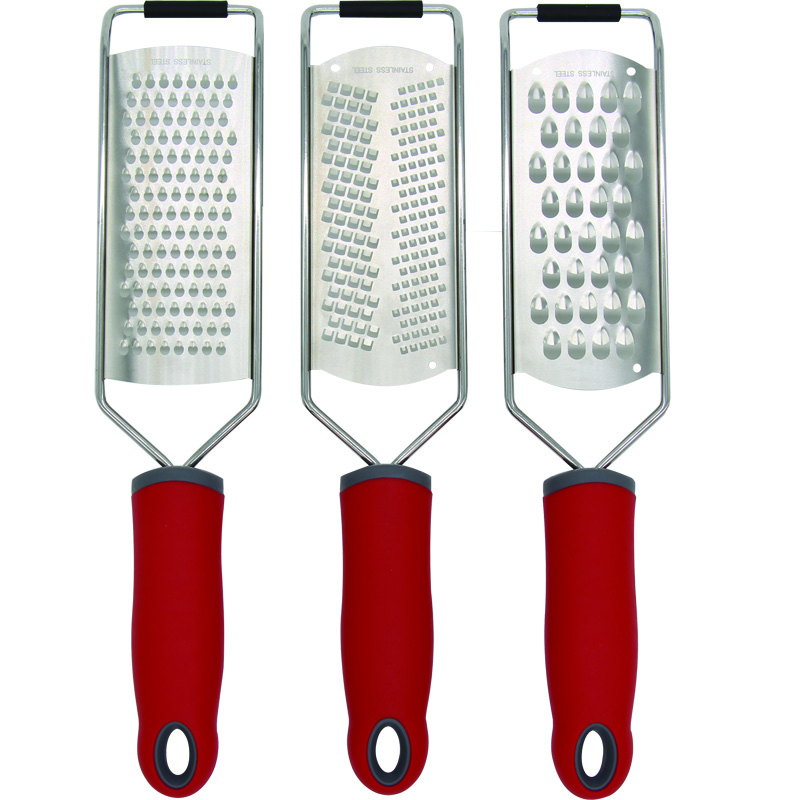
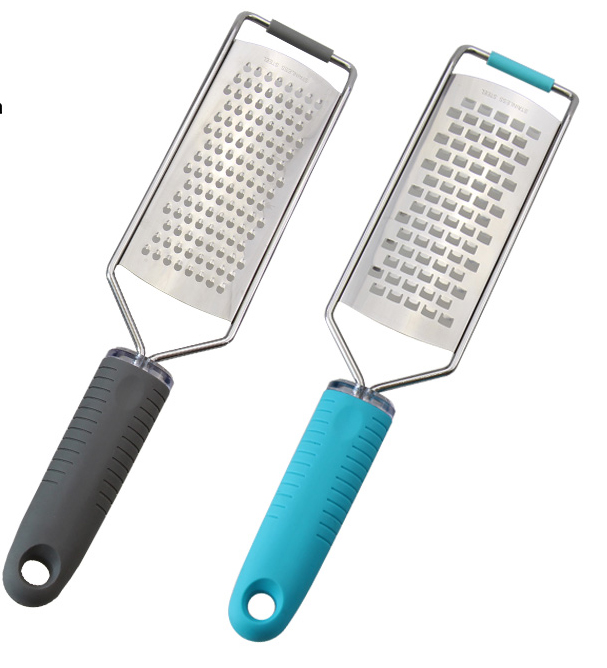
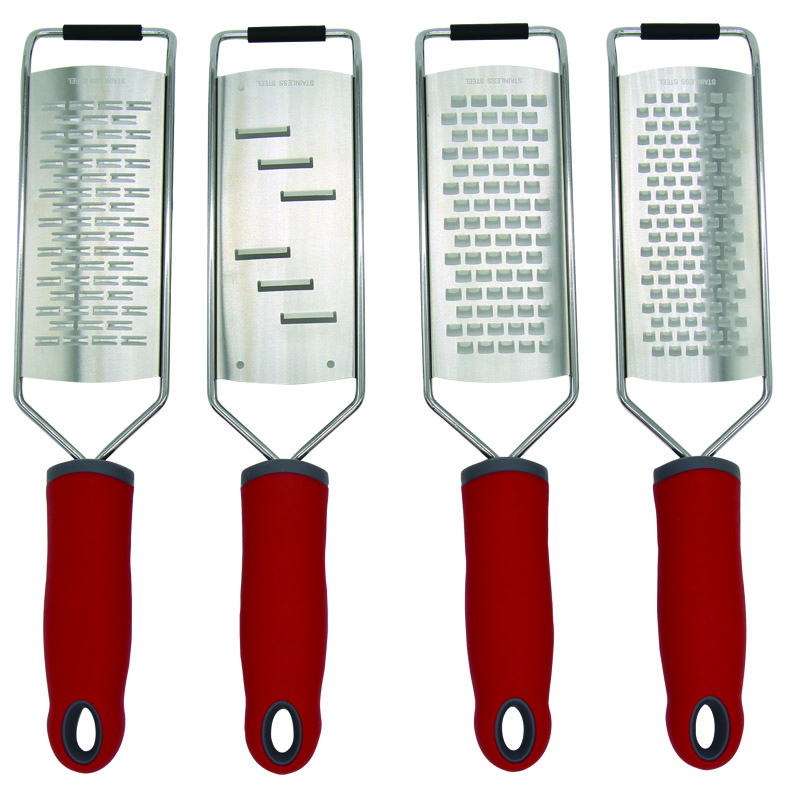
Hand Grater
Hand Grater,Cheese Grater,Vegetable Grater,Lemon Peeler Zester
YANGJIANG TOALLWIN TRADING CO., LTD , https://www.toallwin.com